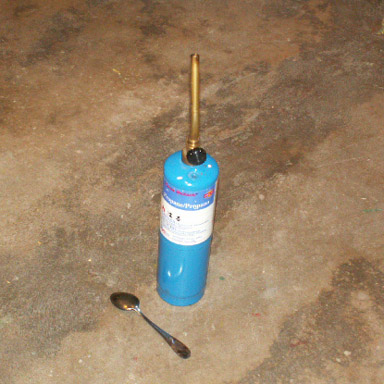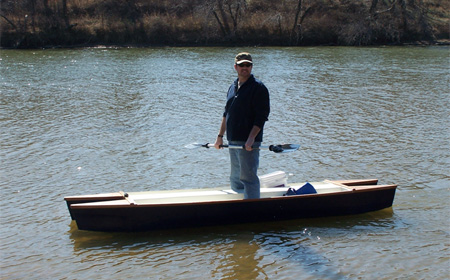Going with your kayak over oyster beds, shells, sharp rocks, broken glass, metal debris and even concrete ramps can get its hull scratched. In most cases such scratches are negligible, and you need not pay attention to them. However, if you want to avoid getting your kayak scratched you’d better watch out for signs of such potential hazards in the water – especially if you’re fishing or paddling in shallow water. Needless to mention is the fact that fishing and paddling from a higher position than ordinary kayaks offer you can help a lot in detecting potential problems in the water ahead of time, that is before hitting them. This is yet another advantage the W Kayak offers you, and W Kayak paddlers and fishermen indeed stand up in their boats from time to time to look at the water around them.
When it comes to repairing scratches in polyethylene kayaks the methods are similar and depend on how deep the scratch is.
For superficial scratches we don’t recommend any treatment, but if you insist on doing something you can just flame the scratch using a hand-held, propane blow torch. You should apply the flame over the scratch slowly and cautiously until it disappears or diminishes considerably, while being careful not to overheat the area so as not to cause a local deformation. In any case, flaming alters the color of the polyethylene to a darker hue.

For deep scratches or ‘grooves’ it’s better to heat the end of a metal spoon and apply the hot tip gently and cautiously along the scratch, thus ‘welding’ the surface. Here too, you need to be careful not to overheat the area you’re working on since this would cause the polyethylene to deform. You’d need to protect your hand that’s holding the spoon with a thick glove since metal conducts heat and you might get your fingers burnt.
Keep the work area free of any flammable materials and make sure you’re not accidentally directing the flame at yourself or at other people. Don’t allow children or pets nearby.
If you’re not experienced in working with a propane blow torch you may want to reconsider such a project because it can be dangerous.
As for cracks in a polyethylene kayak, those are rare, and they must be properly fixed. Just flaming or welding won’t be enough to fix a crack, and you’d need to patch it – preferably with an internal patch that you’ll weld over the entire area. This is necessary since even if welded the hull in the cracked area will be weaker than in other places, and it could reopen while you’re paddling your kayak or fishing from it – with dire consequences. If the crack appears above waterline you can reinforce the patch with rivets, but we recommend not to use rivets when making repairs below waterline because we think that drilling holes in the hull below waterline is simple too risky in the long run.
Do you have any questions for us?


